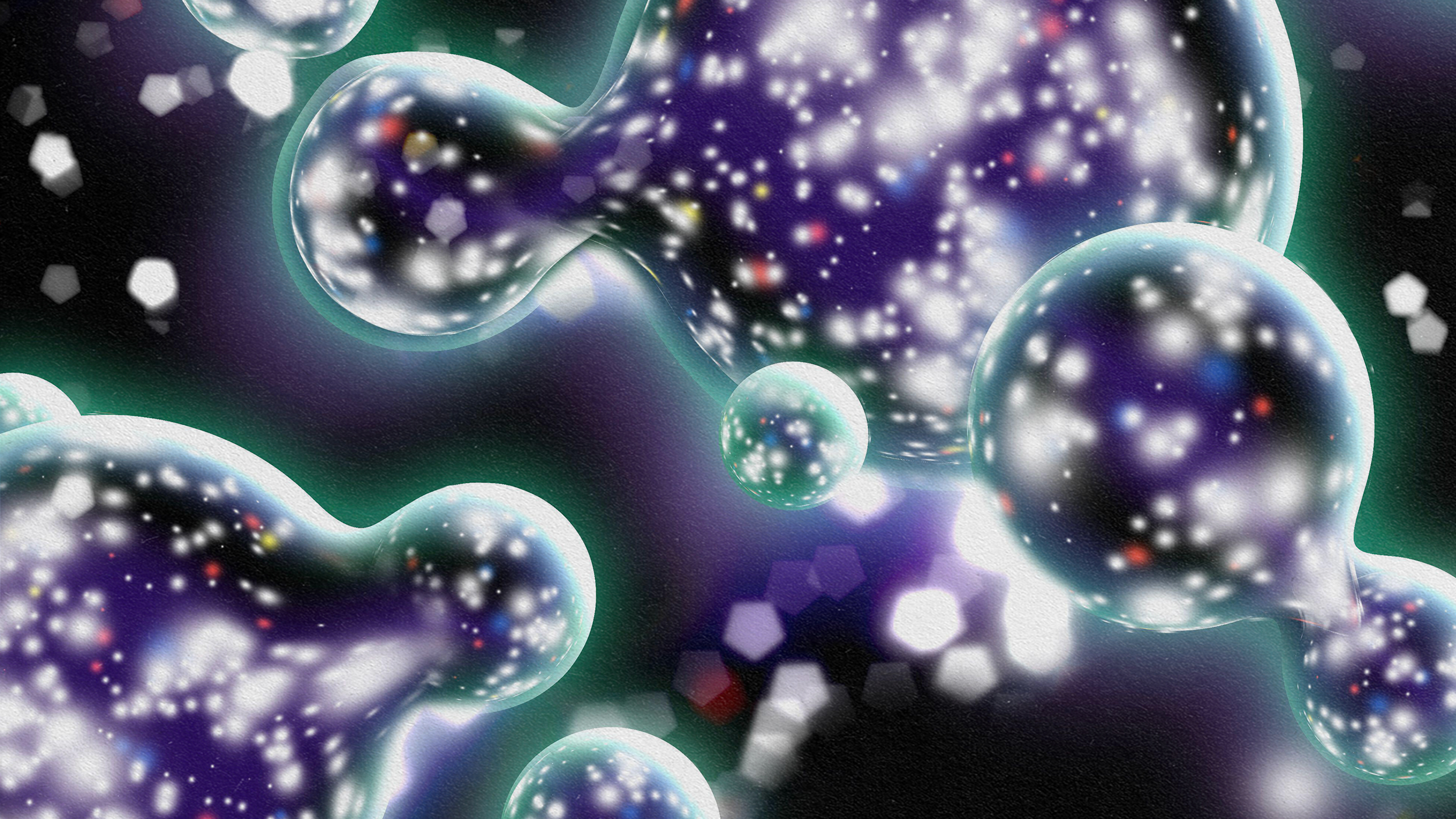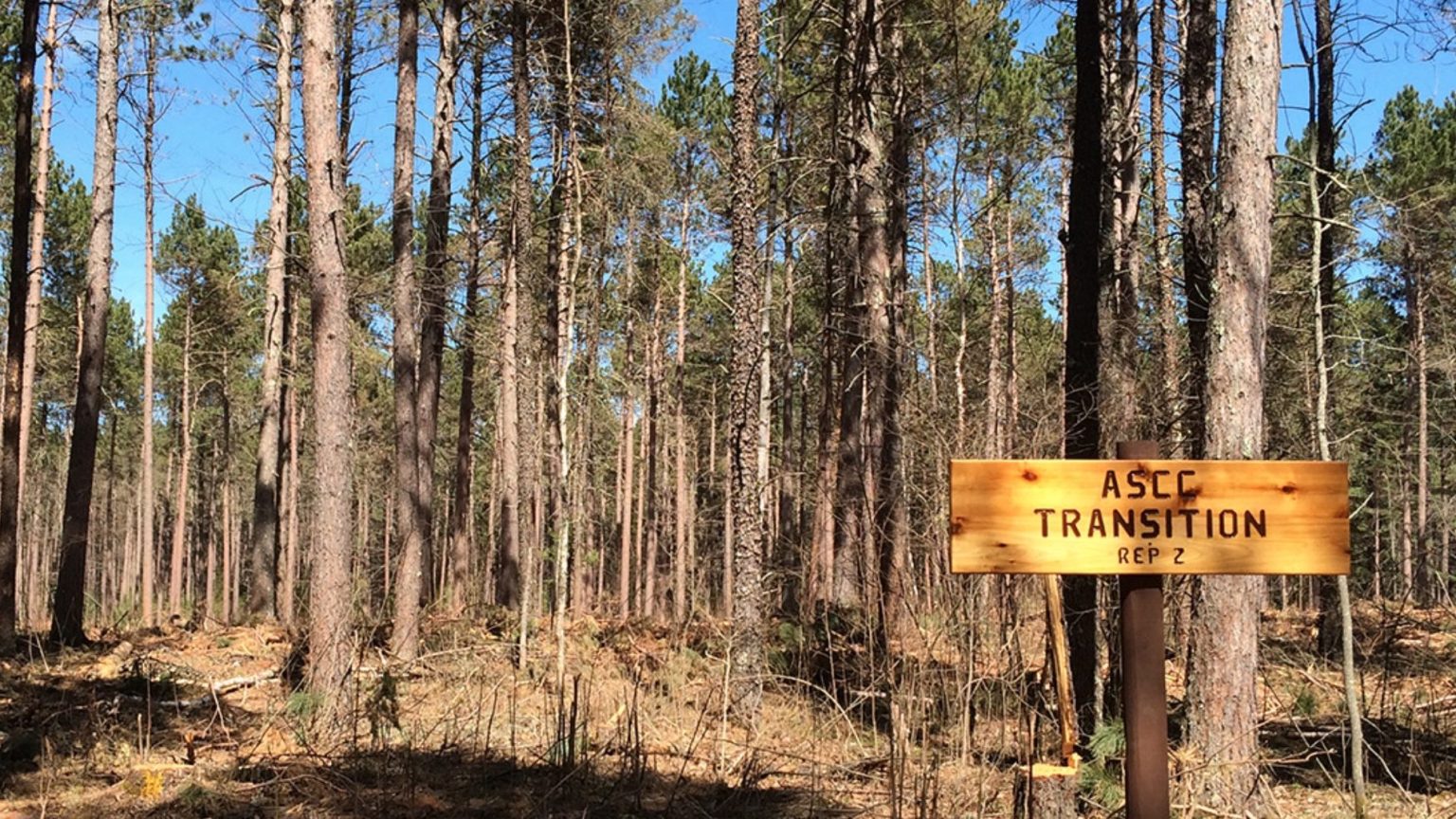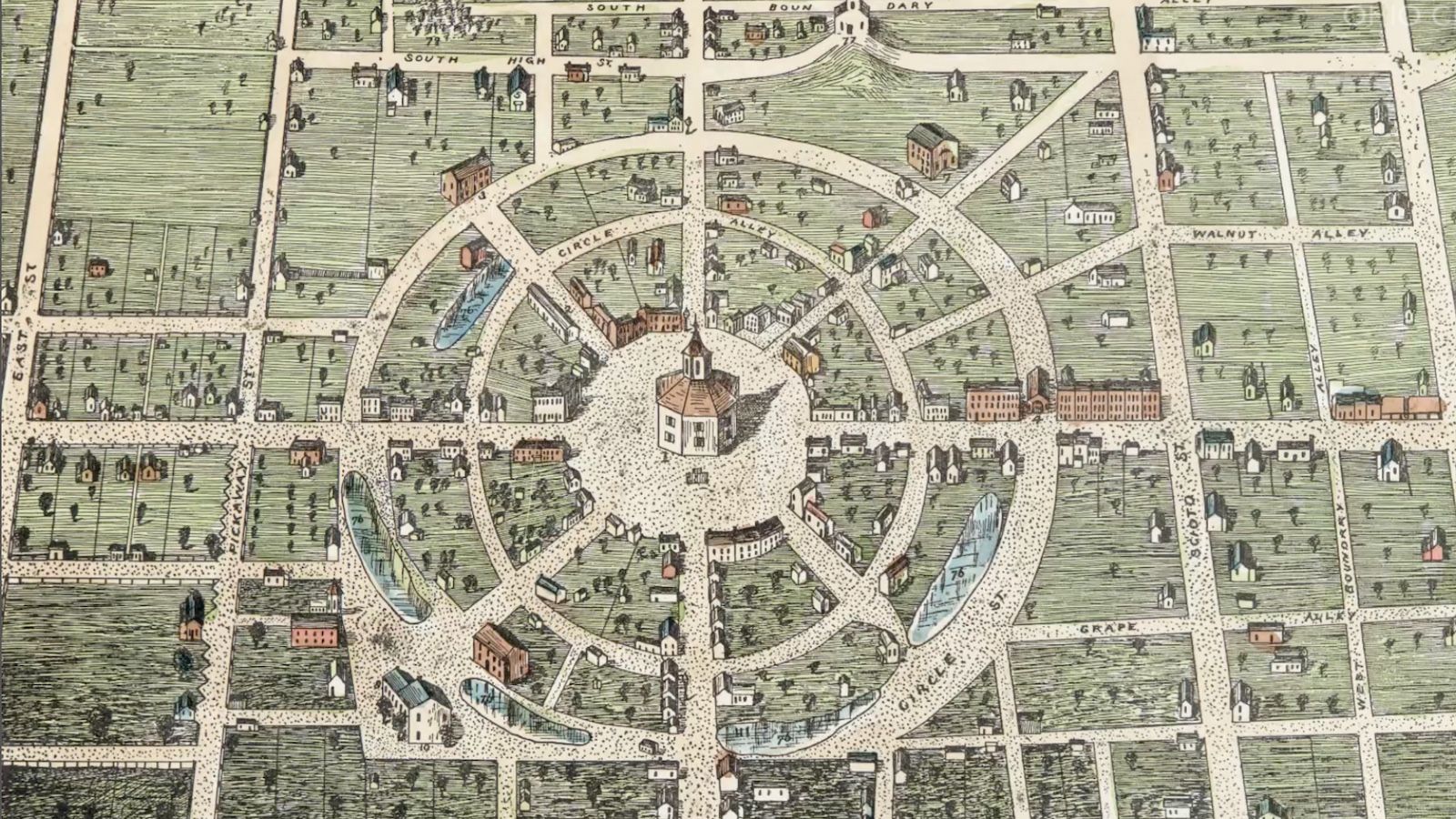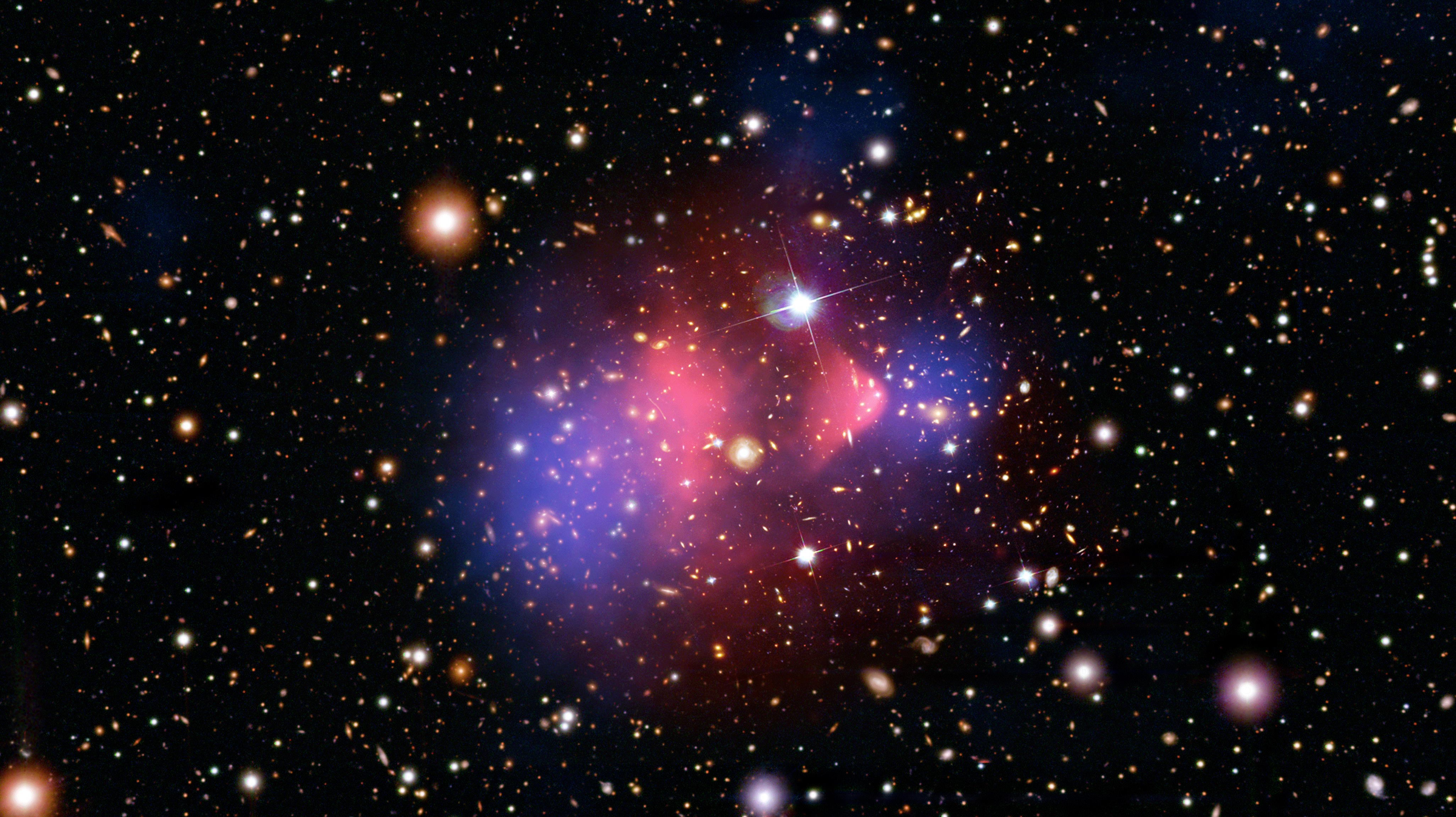New lava lake sighted at Kilauea

nn
Not sure how it was kept quiet for most of the week (well, at least to me), but geologists at the HVO have noticed a new lava lake in Halemaumau Caldera on Kilauea (Hawai’i). The lava lake is around 330 feet (~100 meters) below the crater rim and ~160 feet (50 meters) across with sections of reddish, glowing lava and black crust on the surface. It seems that an explosion on Tuesday helped reveal the lava lake from the surface. The USGS has posted some video of the lava lake for your enjoyment. There are only a few active lava lakes worldwide (such as those at Villarrica in Chile and Erebus in Antarctica), so it is always exciting when a new one forms. The longevity of lava lakes is controlled (partially) by the supply rate of magma to the vent area, so it will be interesting to see how long it lasts.
nn
UPDATE 9/7/2008
nnHere is the official word on the lava lake from the USGS:n
For the first time since the new vent opened in Halema`uma`u Crater onnMarch 19, HVO scientists in a helicopter hovering over the crater werenable to see the surface of a sloshing 50 m (160 ft) diameter lava lakenabout 100 m (330 ft) below the vent rim. HVO scientists have speculatednthat a lava pond existed a few hundred meters below the vent, but have notnbeen able to get visual confirmation until this morning.nn
A second viewing early this afternoon revealed a roiling pond with
nmultiple bursting bubbles changing into a central upwelling circulation
npattern. The lake level dropped slightly before the cycle restarted. This
nbehavior has been witnessed before, most recently in Pu`u `O`o vents and
nthe July 21 lava ponds on Kilauea’s east rift zone, and is known as ‘gas
npistoning.’ One model explains pistoning as small gas bubbles coalescing
ninto larger bubbles beneath a crust on a lava pond, rising to the surface,
nand then bursting. The released pulse of hot gas carries rock dust from
nthe collapsing vent walls, bits of the lava lake crust, and small amounts
nof spatter.nn
The Halema`uma`u vent has produced six significant explosive eruptions in
nthe past 5.5 months, most recently on September 2, 2008 at 8:13 p.m.
nH.s.t., during which noteworthy amounts of fresh lava spatter and lithic
nmaterial (rock fragments and dust) were ejected on to the crater rim. Just
nprior to this event, incandescence from the vent was almost nonexistent
nexcept for brief pulses of glow.nn
Nearly eight hours later, Kilauea’s summit abruptly inflated, signaling
nthe end of 39 hours of deflation. Summit deflation-inflation (DI) events
nhave been observed at least 20 times since the Halema`uma`u vent opened.
nEach DI event has been interpreted as the fall and subsequent rise in
nmagma levels beneath the summit.nn
Less than 8 hours after inflation started, episodic tremor bursts began
nwhich are visible at night as pulses of bright incandescence every 5-6
nminutes. Episodic tremor bursts have been a nearly constant feature of
nthe Halema`uma`u vent over the past few months and were one of the early
npieces of evidence pointing toward a gas pistoning source.nn
This unusually bright incandescence over the past two nights and the
nvolume of material erupted on September 2 are consistent with a lava
nsurface at relatively shallow depths beneath the vent. Molten lava is not
ndirectly visible from the Jaggar Museum overlook, but that vantage point
nprovides excellent views of the glowing vent at night.nn
Jim Kauahikaua, Scientist-in-Charge
nUSGS Hawaiian Volcano Observatory




